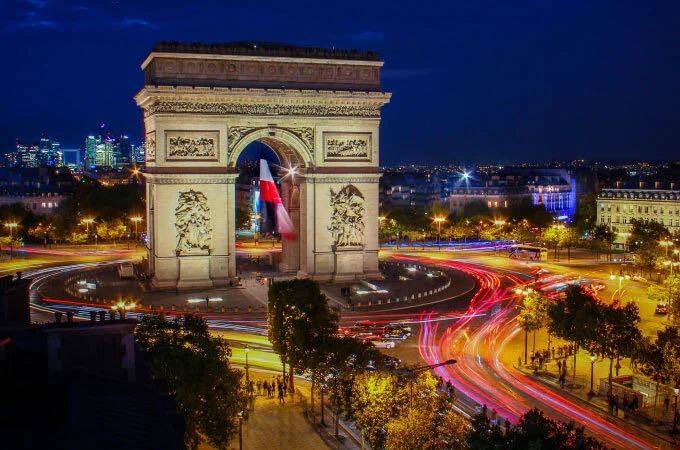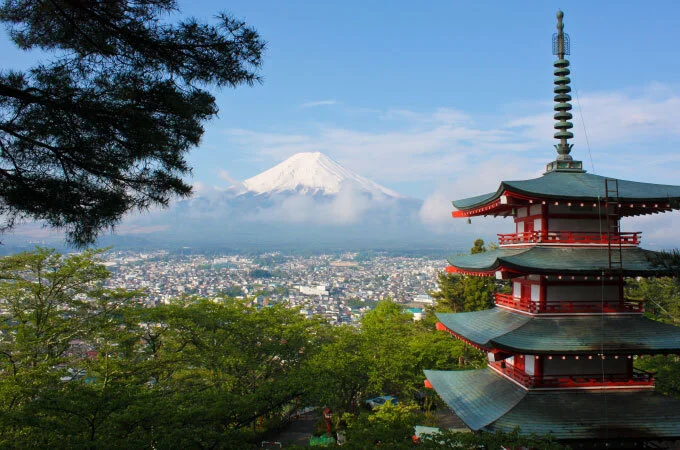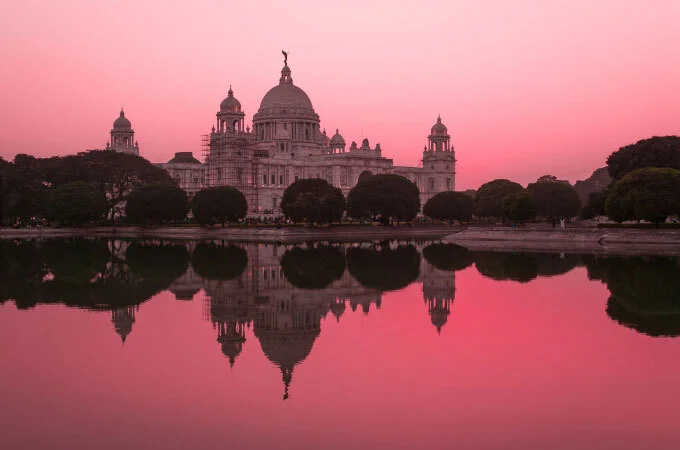Gorilla trekking is one of the most iconic and unforgettable wildlife experiences in the world. It offers a rare opportunity to observe endangered mountain gorillas in their natural habitat, deep within the misty forests of East Africa. Countries like Uganda, Rwanda, and the Democratic Republic of Congo (DRC) are the primary destinations for gorilla trekking, each offering unique experiences and breathtaking landscapes. For travelers seeking adventure, connection with nature, and meaningful wildlife encounters, gorilla trekking stands out as an extraordinary adventure.
Why Gorilla Trekking Is Unique
Mountain gorillas are gentle giants, with a social structure that mirrors human family units. Trekking to see them in the wild is not only about observing wildlife—it is about witnessing a living testament to conservation efforts. Unlike traditional safaris where animals are often seen at a distance, gorilla trekking allows visitors to spend time with these magnificent creatures at close range. Observing their interactions, nurturing behaviors, and playful antics offers insights into their intelligence and emotional depth.
The experience also allows travelers to engage with the lush and diverse ecosystems of tropical forests. Along the trekking paths, visitors encounter various plant species, colorful birds, and other wildlife, adding richness to the adventure. The journey itself—hiking through hilly terrain, crossing rivers, and navigating dense vegetation—enhances the sense of achievement and connection to nature.
Best Places for Gorilla Trekking
1. Bwindi Impenetrable National Park, Uganda
Bwindi Impenetrable National Park is a UNESCO World Heritage site and home to nearly half of the world’s remaining mountain gorillas. The park’s dense rainforest is a mosaic of biodiversity, including over 200 tree species, orchids, and ferns. Bwindi is divided into sectors such as Buhoma, Nkuringo, Rushaga, and Ruhija, each offering unique trekking experiences.
Visitors can book gorilla permits through authorized operators, which allow one hour of direct interaction with a gorilla family under the guidance of an experienced ranger. Trekking in Bwindi ranges from moderate to challenging, depending on the terrain and the location of the gorilla group. The experience is both physically invigorating and emotionally rewarding.
2. Volcanoes National Park, Rwanda
Volcanoes National Park in Rwanda is another premier gorilla trekking destination, famously associated with the conservation work of Dian Fossey. The park’s dramatic volcanic landscape provides a stunning backdrop for trekking. Visitors here can explore multiple gorilla families, each with distinctive behaviors and personalities.
Rwanda has strict eco-tourism policies, ensuring minimal human impact on gorilla habitats. Trekking routes are carefully managed to protect both the gorillas and visitors. The experience is complemented by opportunities to visit cultural sites and learn about local communities’ involvement in conservation.
3. Virunga National Park, Democratic Republic of Congo
Virunga National Park in the DRC is one of the oldest national parks in Africa and a UNESCO World Heritage site. It boasts not only gorilla trekking opportunities but also active volcanoes, vast savannahs, and rich biodiversity. Trekking in Virunga is often considered more adventurous due to the park’s remote location and challenging terrain. For travelers seeking a less crowded and more raw experience, Virunga offers a truly unique adventure.
Preparing for the Trek
Gorilla trekking requires preparation, both physically and mentally. Hikers should be in good health and wear appropriate gear, including sturdy boots, long sleeves, and waterproof clothing. Trekking poles, gloves, and insect repellent are also recommended. Most treks last between 2 and 8 hours, depending on the gorilla family’s location, so endurance and patience are essential.
Travelers are also required to adhere to strict rules to ensure the safety and well-being of the gorillas. Maintaining a minimum distance of 7 meters, avoiding direct eye contact, and refraining from touching the animals are critical guidelines. Visitors must follow the instructions of the rangers and guides, who are trained to manage both wildlife encounters and human behavior in the forest.
The Trekking Experience
The adventure begins with an early morning briefing from the guides, detailing the rules, safety measures, and what to expect during the trek. As hikers move through the forest, they are immersed in a sensory-rich environment—birdsong, rustling leaves, and the earthy scent of the rainforest create a vivid connection to nature. Spotting other wildlife, such as monkeys, duikers, and forest birds, adds excitement along the way.
Upon finding a gorilla family, visitors are often struck by the quiet dignity and intelligence of these creatures. The silverback, the family’s leader, exudes power and calm authority, while juveniles playfully chase each other under the watchful eyes of their mothers. Observing gorilla grooming, feeding, and social interaction provides an unparalleled opportunity to understand their complex social dynamics.
Combining Gorilla Trekking with Other Safaris
For a comprehensive wildlife experience, gorilla trekking is often combined with other safari activities. Uganda and Rwanda offer chimpanzee tracking, birdwatching, boat safaris, and wildlife game drives in national parks such as Queen Elizabeth and Murchison Falls. These combined safaris allow travelers to explore Africa’s diverse landscapes and wildlife in one trip, creating an adventure that is both rich and multifaceted.
Luxury lodges, eco-lodges, and community-run accommodations near gorilla habitats enhance the overall experience. Guests can enjoy comfort while remaining close to nature, often waking to the sounds of the forest and the calls of birds.
Tips for a Memorable Trek
Book Early: Gorilla permits are limited and in high demand, so early booking is essential.
Travel Light: Only carry essential items; backpacks can become cumbersome on steep trails.
Respect Wildlife: Follow guidelines to ensure the safety of both gorillas and yourself.
Hire Experienced Guides: Knowledgeable guides enhance the trekking experience and help spot wildlife along the way.
Stay Hydrated and Energized: Bring water and snacks for long hikes.
Capture Memories Responsibly: Photography is allowed, but avoid flash, which can disturb gorillas.





